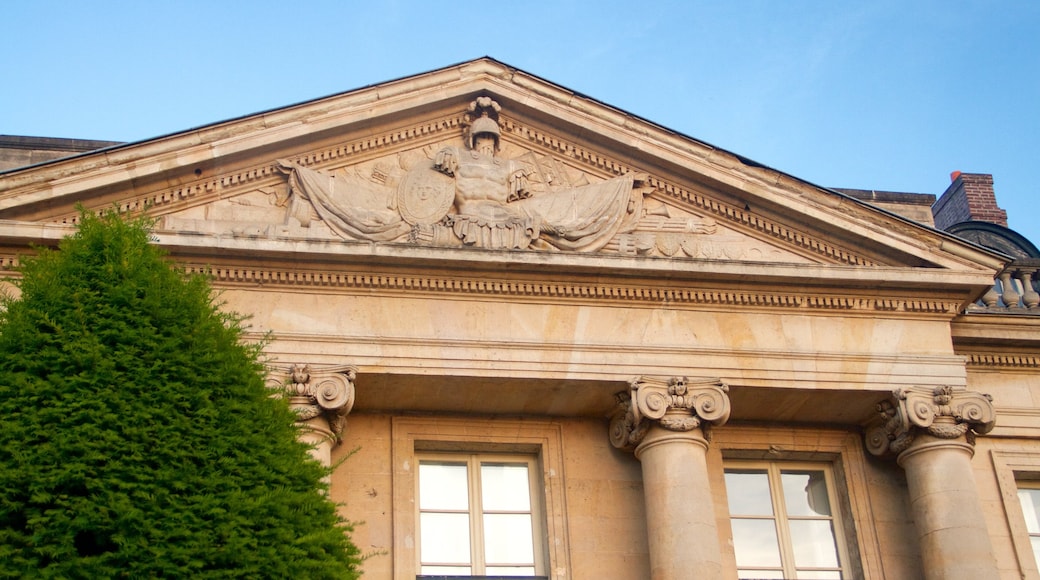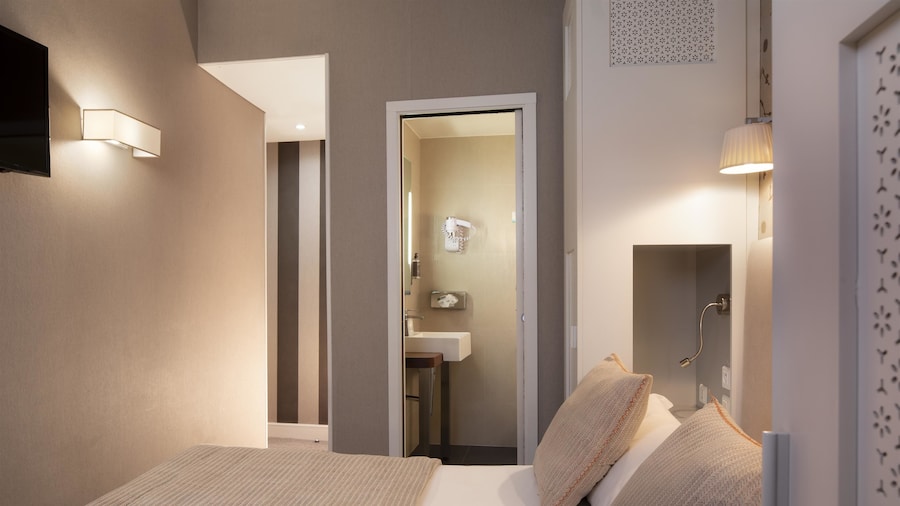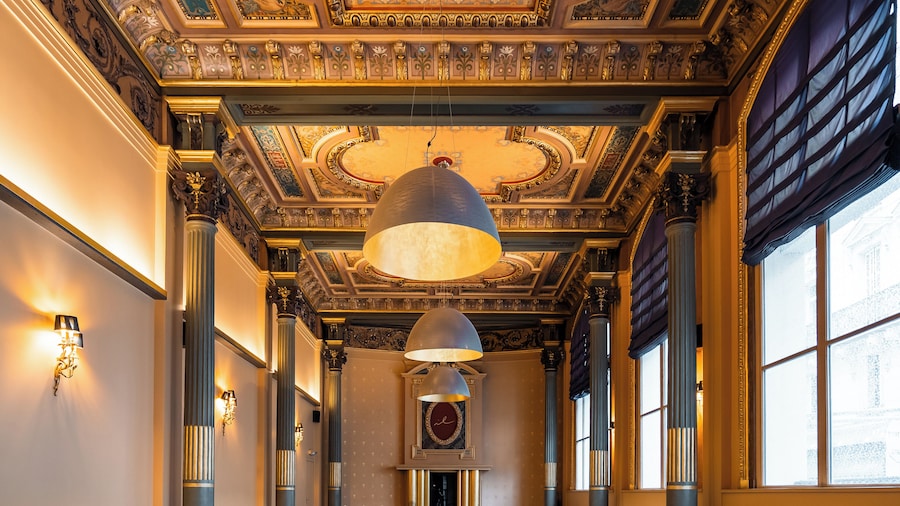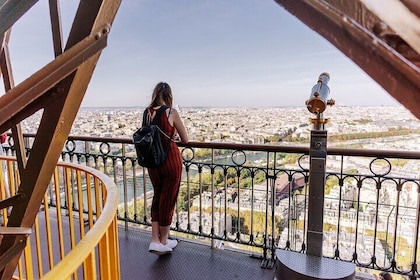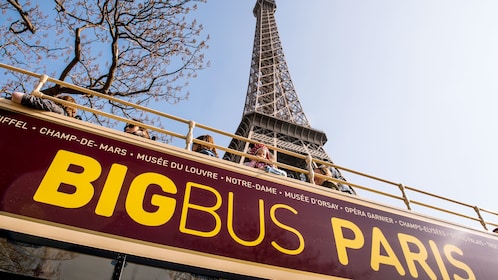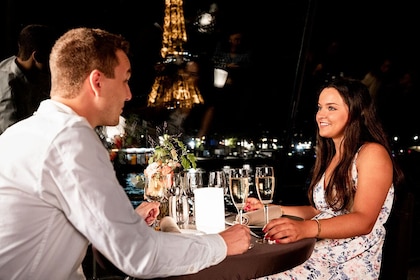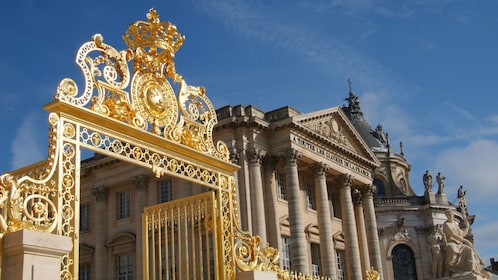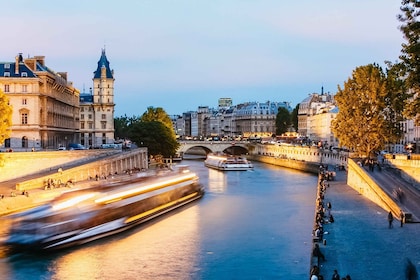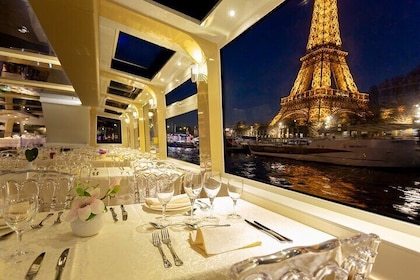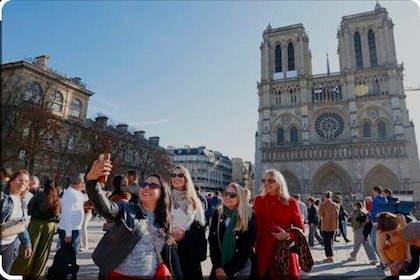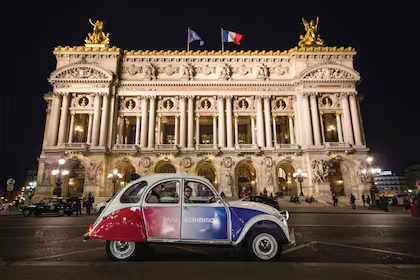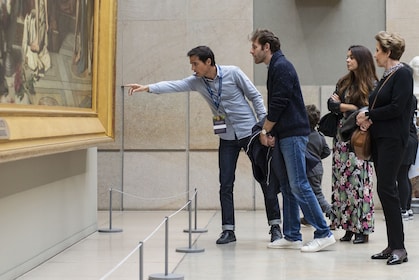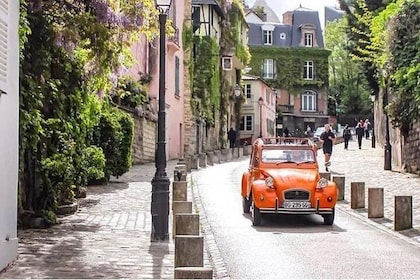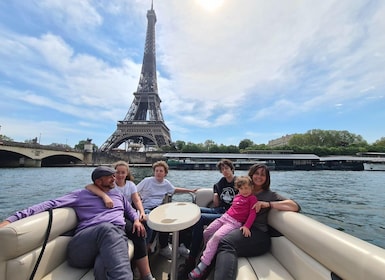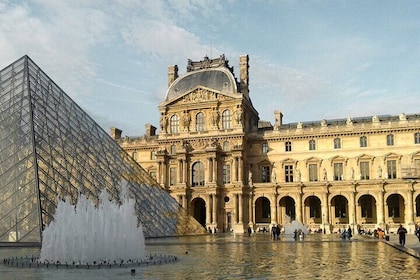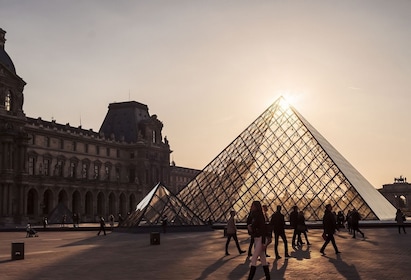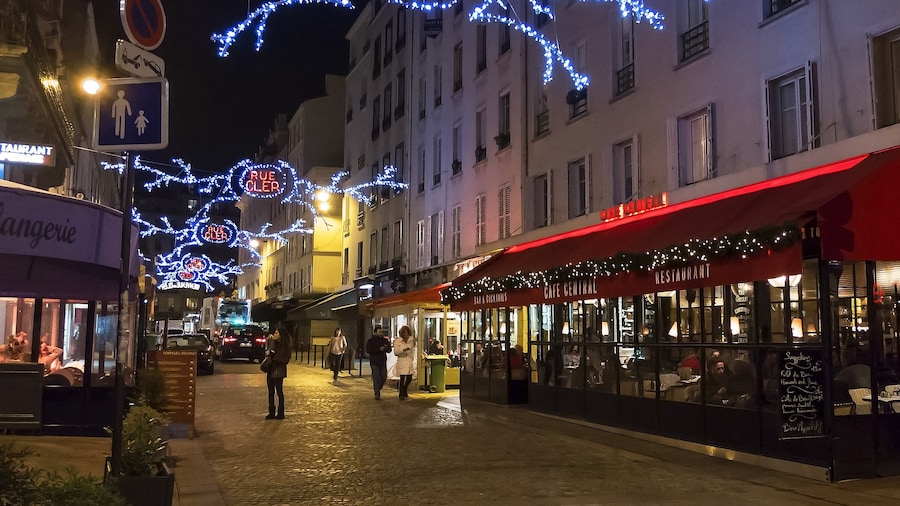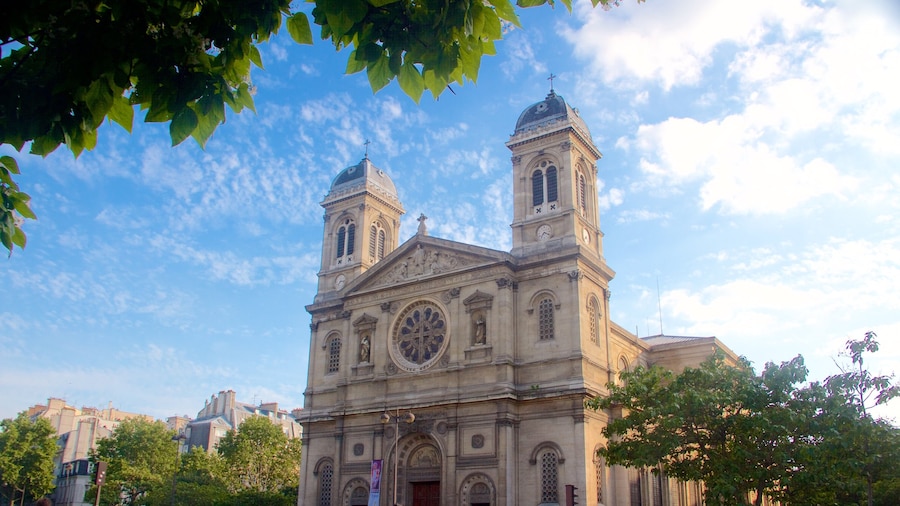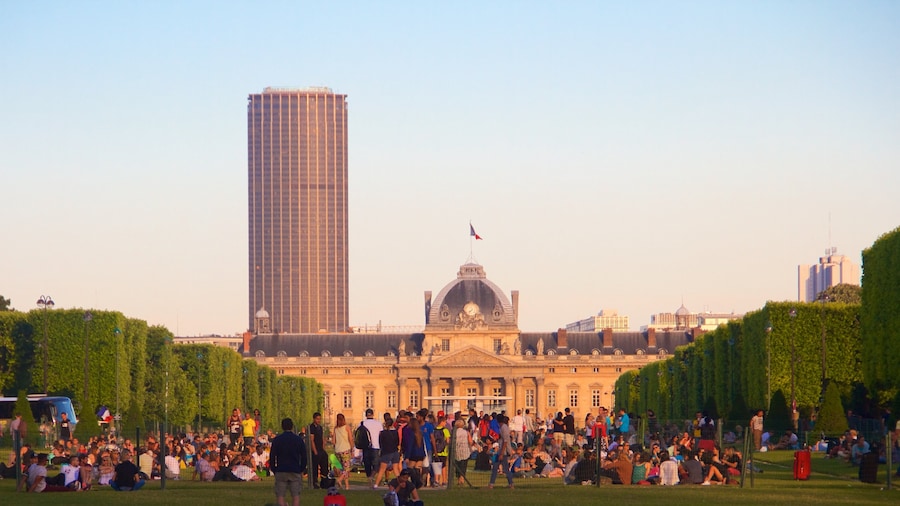Facing the Eiffel Tower is France’s elite military academy, where Napoleon Bonaparte enrolled as a cadet in the late 18th century.
École Militaire (Military School) is a vast complex of stately buildings housing the training school for French army officers. Join a tour of École Militaire to walk in the footsteps of revered military leaders and peek inside lavish reception halls. Admire a magnificent example of classical architecture and stroll around a former parade ground.
Louis XV of France founded the school in 1750 with the help of the notable banker Joseph Paris Duverney. The intention was to establish an academy for trainee officers from noble families without strong financial backgrounds. Recognize the most famous student, Napoleon Bonaparte, who trained here in 1784.
The main central building is a chateau-like structure designed in the classical style by Ange-Jacques Gabriel. It features a symmetrical façade dominated by the Corinthian columns and pediment of its main entrance. Look to the top of the façade to see the quadrangular dome similar to that of the Louvre Museum. Opposite the entrance is an equestrian statue dedicated to Marshall Joseph Joffre.
Visit designated areas of the interior on a guided tour. The library is notable for its frescoed ceiling and Louis XVI furnishings. Pillars, religious artwork and stuccowork decorate the Chapel of St. Louis.
Walk around the gardens of Champ de Mars, once the grounds for pompous military parades. Enjoy uninterrupted views and excellent photo opportunities of the Eiffel Tower. Within the park are the Wall of Peace and the Monument des Droits de l’Homme, which honors human rights.
The closest metro station to the building is École Militaire. Public buses and hop-on, hop-off sightseeing buses also stop nearby. Walk 15 minutes to Les Invalides, with a church, military museums and the tomb of Bonaparte. Its most notable structure is the Army Museum, which has displays of military artifacts from the Middle Ages to the mid-1900s.
École Militaire is open to the general public for guided tours during September’s European Heritage Days. Tours are free so arrive early to avoid long lines. At other times appreciate the architecture by walking around the perimeter of the entire complex.



